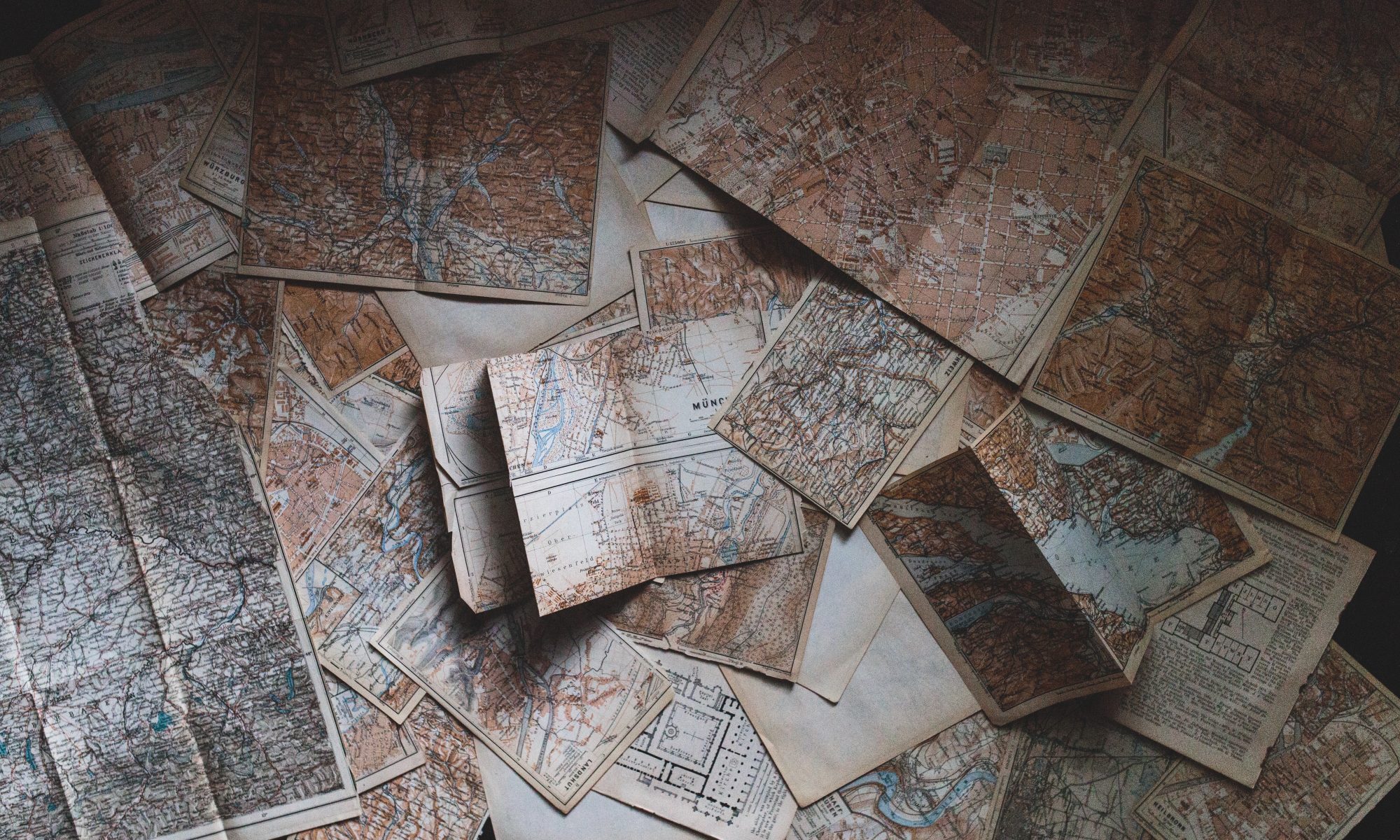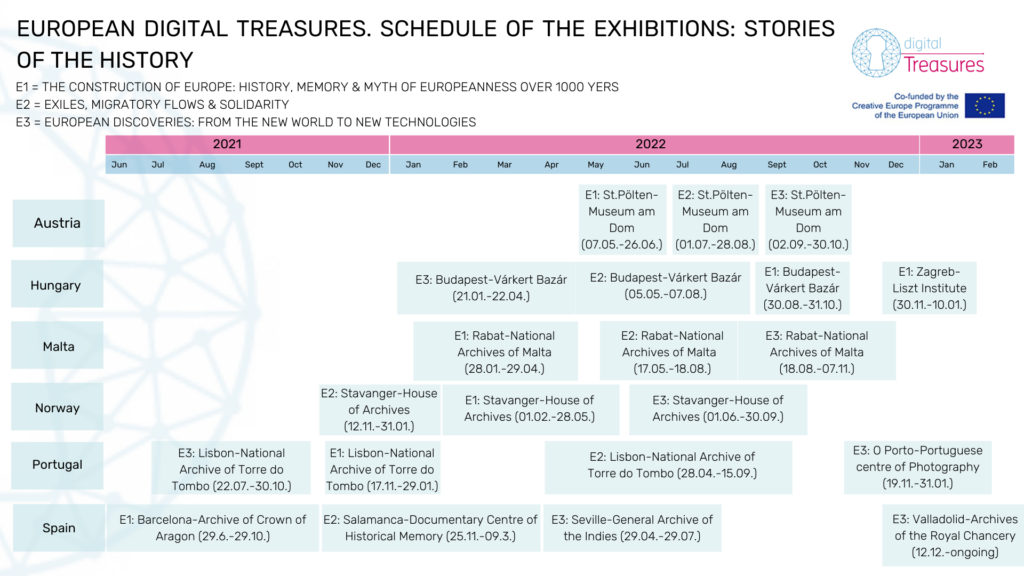LET US INTRODUCE OUR TRANSMEDIA EXHIBITIONS!
The consortium of the project has set the main criteria of the selection process of three transmedia exhibitions, with defining the elements of archival descriptions (according to international standards), setting the format and resolution of the digitized images as well as creating the general criteria of selection.
What is a transmedia storytelling? It is also known as multiplatform storytelling. Its aim is to tell a story experience across multiple platforms and formats using various digital technologies, working together with cross-platform media franchises, sequels, or adaptations. A transmedia exhibition covers exhibiting materials, educational materials as well as catalogues.
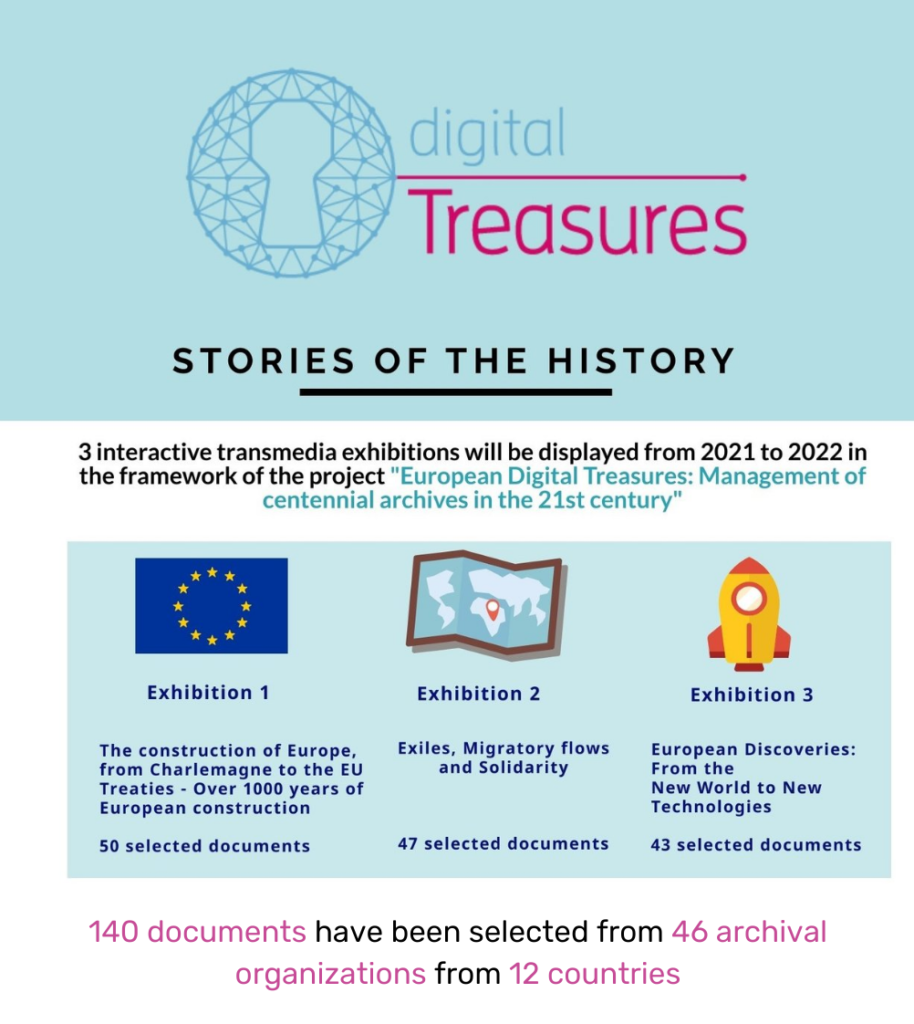
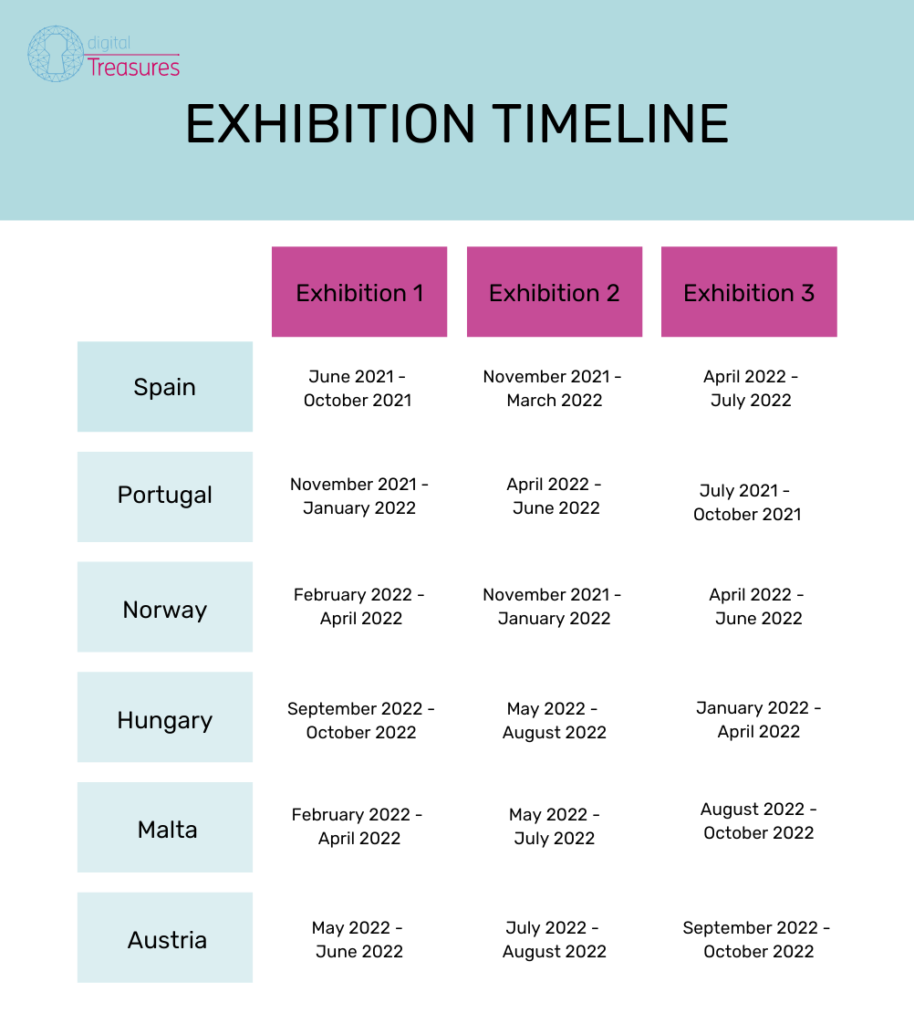
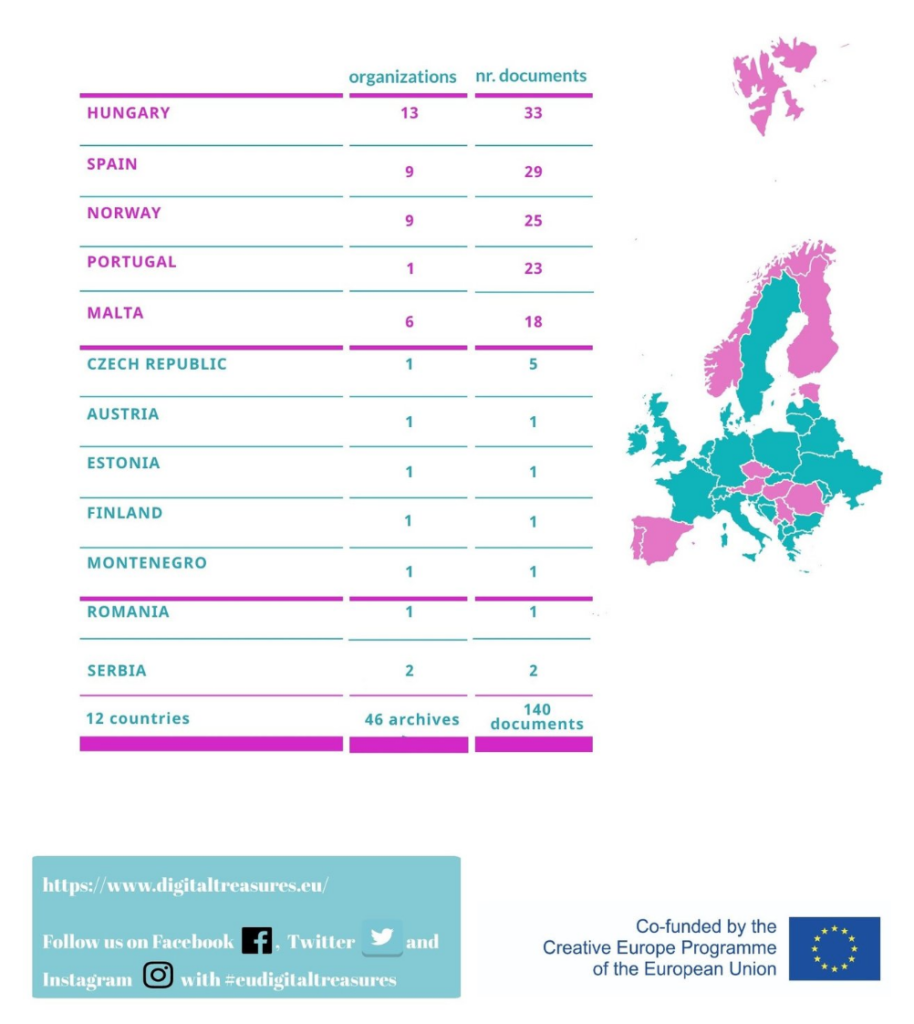
Check details for the exhibition openings in each country here:
Spain: Click here.
Portugal: Click here.
Norway: Click here.
Hungary: Click here.
Malta: Click here.
Austria: Click here.
As a final result of a half-year-long pre-selection, the following three exhibitions were created:
- The Construction of Europe: History, memory and myth of Europeanness over 1000 years. Exhibition 1 – led by Hungary with the support of Malta – will show 50 different digital documents, covering the following pillars:
- The spirit of Europe covers 14 valuable records in connection with the influence of antiquities on science and education as well as the key role that the arts played in areas such as our understanding of humanity and the expression of our emotions;
- The diversity of Europe shows Europe’s cultural, religious, ethnic and national diversity with 12 digitized records, because European culture has always been based on the customs, philosophies, beliefs, and experiences of multiple communities;
- Multiple faces of Christianity in Europe will be represented by 14 more digital documents to show church history, relationship between church and secular monarchs, creation of Christian knowledge, and origins of Christian holidays;
- and the intellectual Heritage of Enlightenment, openness and democratic ideas based on the belief of freedom and rationale will be shown with the last 10 records.
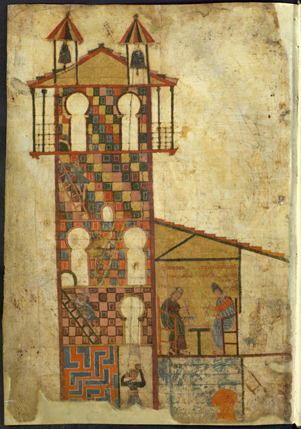
- Exiles, migratory flows and solidarity. Exhibition 2 – led by Norway with the support of ICARUS – will show 47 different digital documents, covering the following pillars:
- Work-related migration provides 10 records as examples of people travelling across the continent in order to exercise their trade, or to find more general employment;
- War-related migration shows 16 digitized documents highlighting cases where people have been displaced or have fled into exile to escape the effects of total war;
- while the last pillar, Political uprising, turmoil and persecution covers 21 staggering tales of intolerance, persecution, exploitation and rebellion of European history.
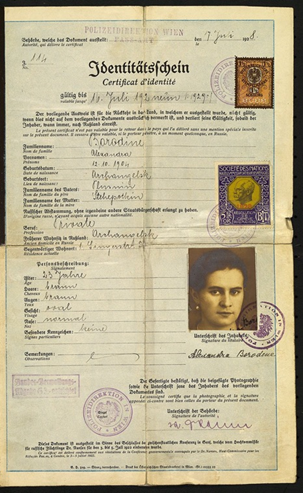
- European Discoveries: From the New World to New Technologies. Exhibition 3 – led by Portugal with the support of Spain – will show 45 different digital documents, covering the following pillars:
- 12 digitized documents of the pillar Medicine present an overall view of the many different facets that medical knowledge and medical activities took along the ages in Europe;
- Energy / Industry covers a variety of machines and industrial procedures, with very different technological apparatus or processes from the 15th to the 20th century, with the help of 15 documents;
- while Transports / Navigation’s 18 documents visualize machines, gadgets, inventions, maps, and a variety of other items that attest to the interest and the constant involvement of Europeans with voyages.
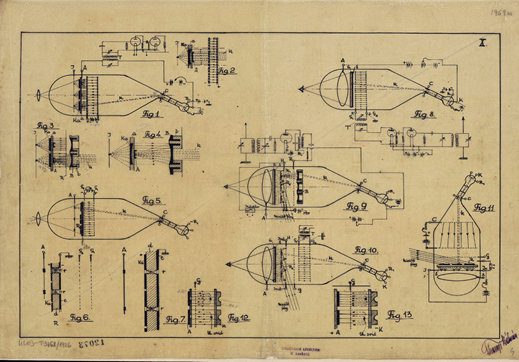
The exhibitions will cover a videogame application based on the selected archival material, AR outputs linked to the exhibited records as well as touchscreen quick-to-play games, quiz and matching games. Check the various material here.
Dorottya Szabó, senior archivist, National Archives of Hungary

